June 13th, 2023
7minute read
A self-defense weapon can take many forms.
You may sometime find yourself in a non-permissive security environment and unable to carry any weapon.
Think Federal buildings, obstructive private property, courthouses, polling places or air travel, for instance.
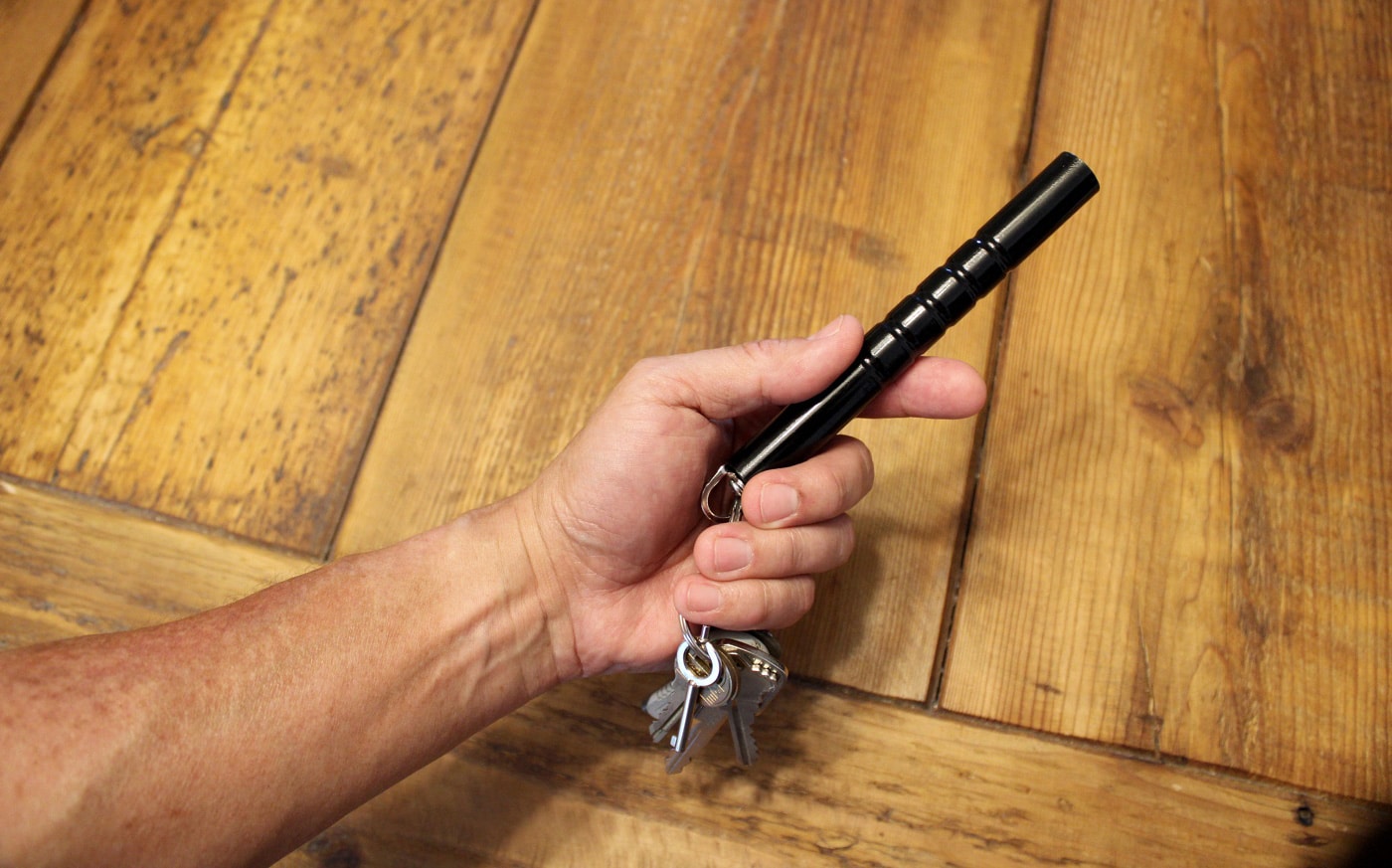
The author uses this Kubotan keychain as an option in responding to an attacker. Being able to use a less-lethal defensive tool gives you greater flexibility in a dangerous encounter.
Forget those prohibited sharp key chain knuckles or OC spray canisters.
However, another choice for self-defense is as simple as fetching yourself a stick.
Kubotan Origins
Takayuki Kubota is a Soke (Grandmaster) and founder of the Gosoku-ryu karate style.
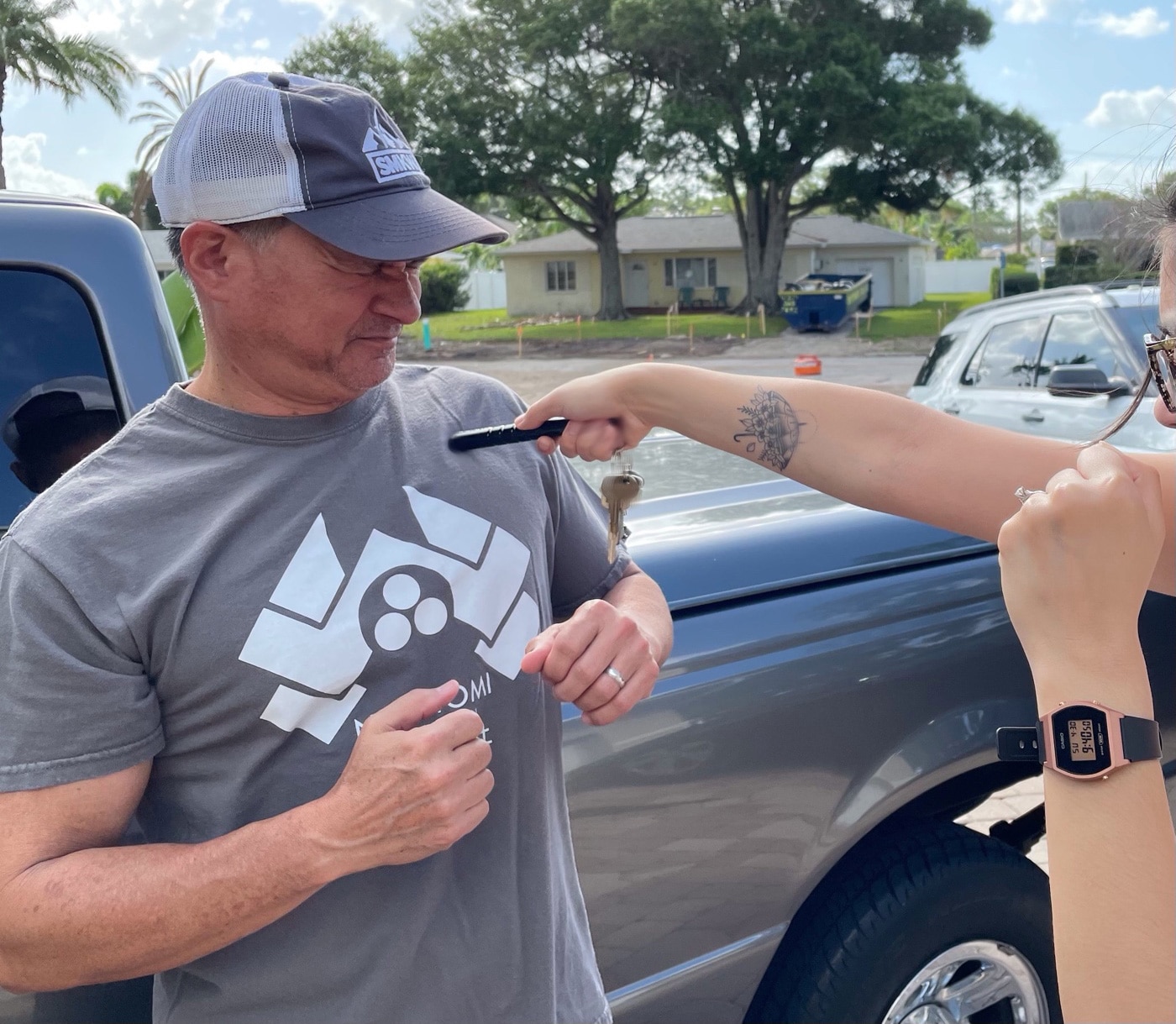
Acting as an attacker, the author receives a push into the upper left pectoral muscle. Delivering a strike or applying pressure to this area can cause considerable pain from the flat end of the Kubotan.
A Japanese martial arts practitioner since 1939, Kubota began training his local Kamata-Tokyo Police in 1949.
He taught karate, baton and arrest techniques, and self-defense.
Kubota began developing alternate ways to control suspects.
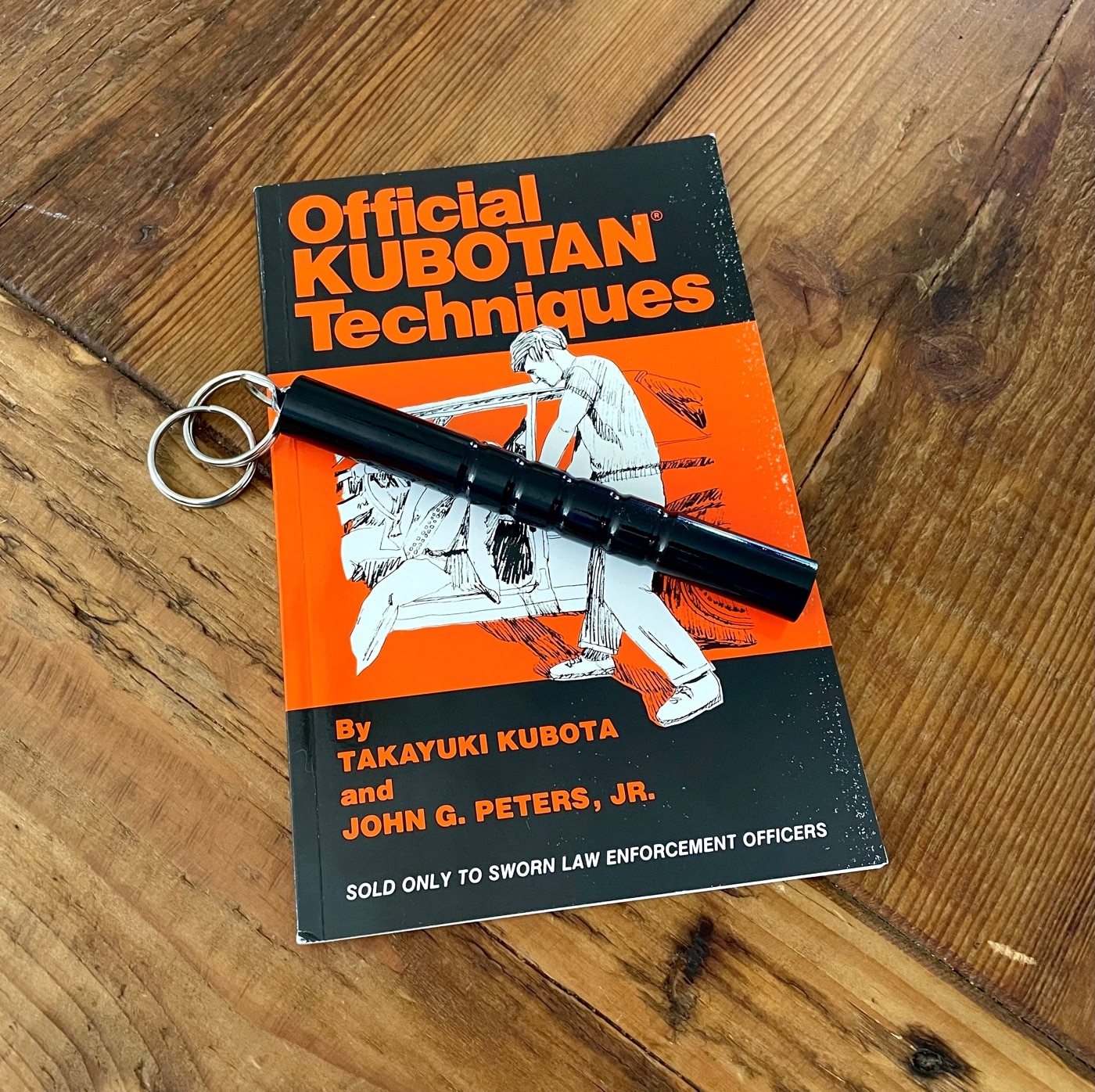
In the Official Kubotan Techniques book, a variety of tactics for self-defense are demonstrated, including how to grip the tool and where to use it on the assailant’s body.
His teaching umbrella widened to include other police and military organizations.
In 1964, Kubota immigrated to the United States, obtained citizenship, and continued his positive instructional influence.
Kubotan training involves six basic movements that are used for self-defense.
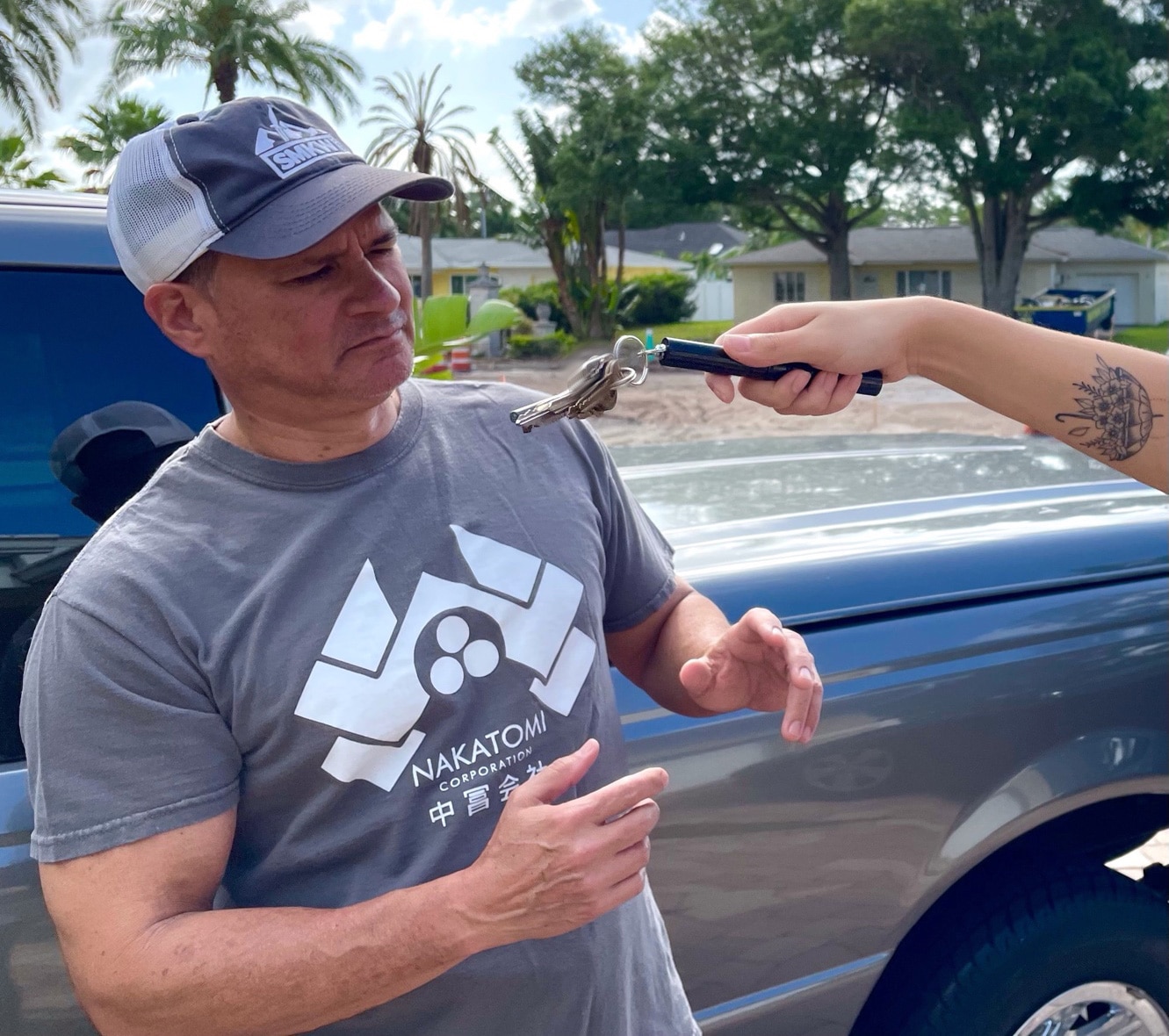
As shown here, the Kubotan keychain could be used as a flailing weapon. While not likely to incapacitate an attacker, it can create a momentary pause in combat for you to gain distance or transition to another weapon.
They utilize pain compliance, joint locks, pressure points and leverage.
Even motions that may look similar to strikes are articulated as pushes into a bad guys nerve areas.
The flat ends of the rigid stick can cause discomfort with very little pressure applied.
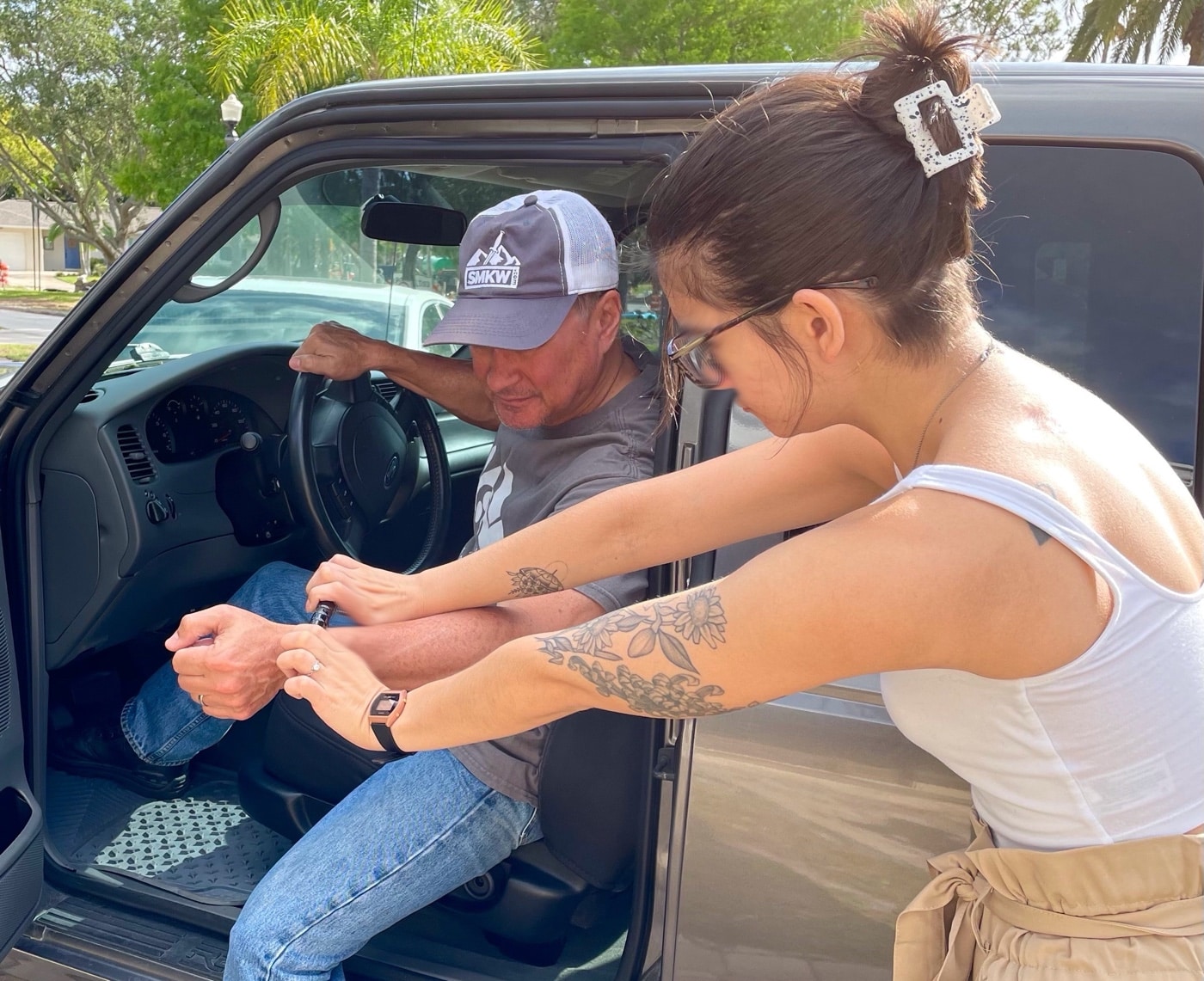
Using the Kubotan to apply pressure to the bony area of the wrist can allow someone like a police officer to remove a wanted subject from a vehicle with less force than otherwise may be needed.
Another technique demonstrated by Kubota in videos is using the Kubotan and attached keys as a flail.
He whips the keys-exposed end in diagonals and a straight jab in a quick manner.
Other martial arts systems use small sticks, such as Judos yawara stick or Filipino Martial Arts dulo-dulo.
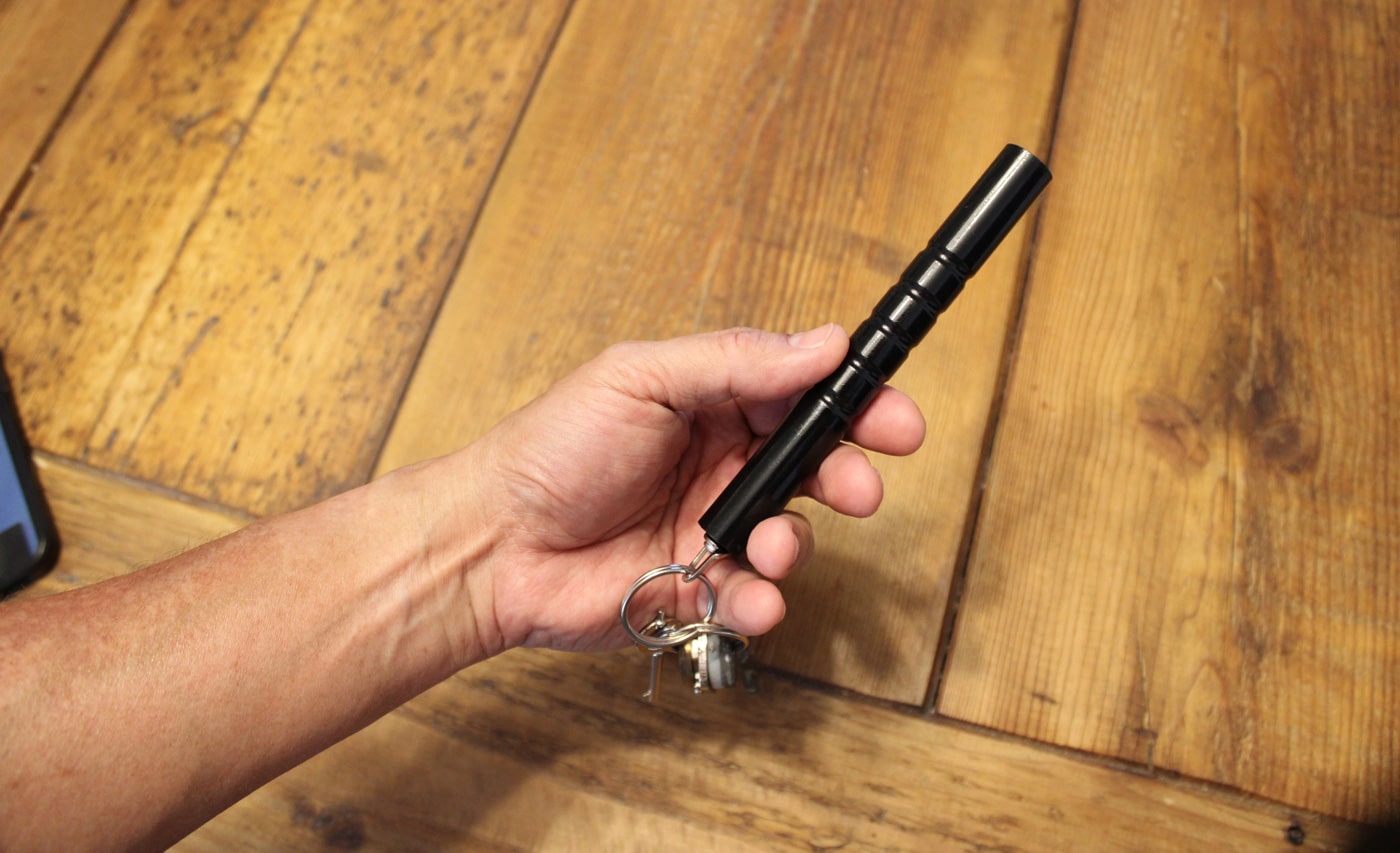
As a weapon of self-defense, the Kubotan is a proven performer. Similar to the Filipino dulo-dulo and Japanese yawara stick, it acts as a multiplier of both leverage and pressure.
Kubota did not develop his Kubotan with this jot down of damage in mind.
In the early 1980s, I saw Mr. Kubotas book on a desk in my uncles home.
At the time, he was a police officer in Kauai County, Hawaii.
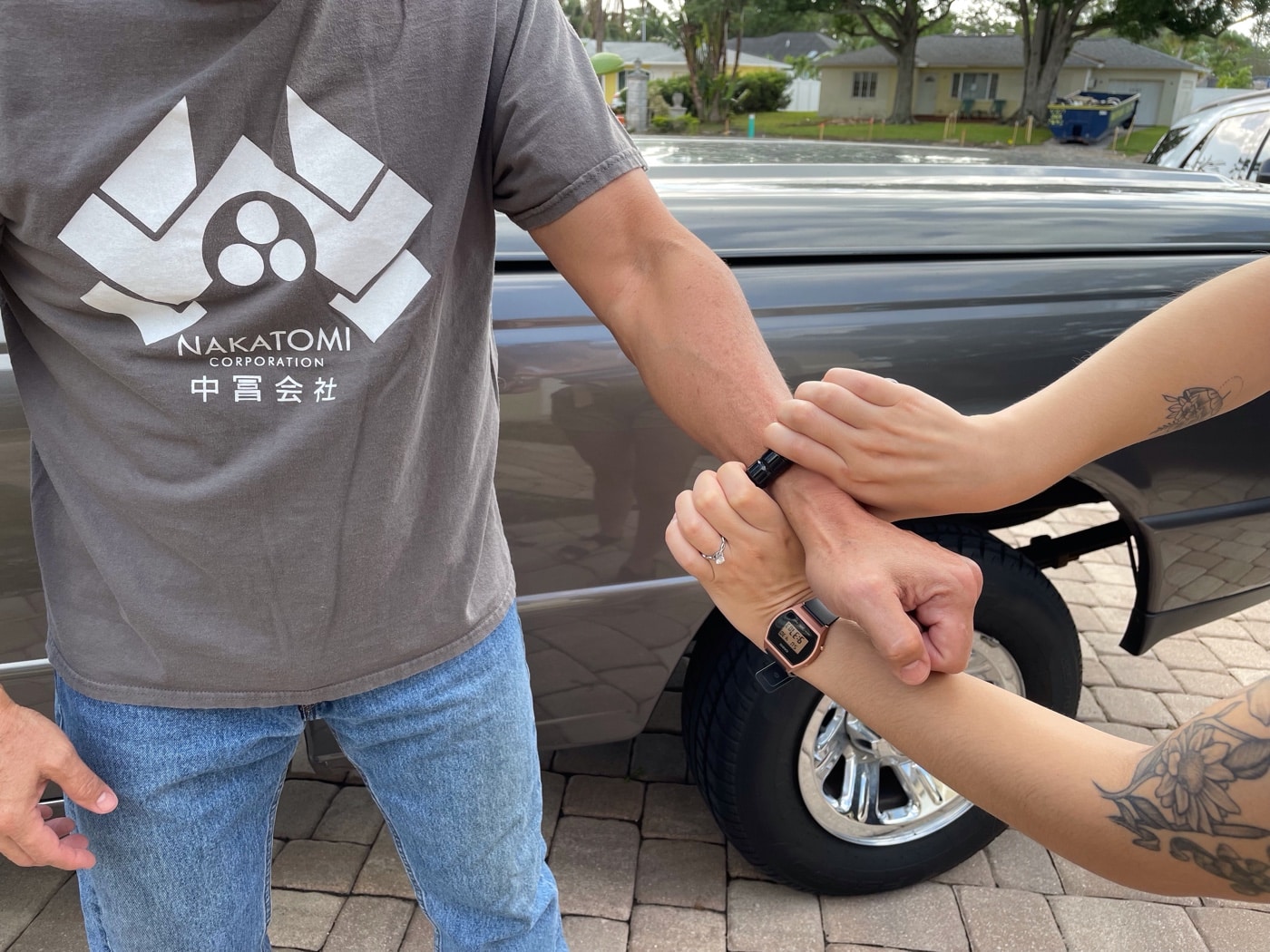
The Kubotan offers a low-key defensive tool option for flight attendants, medical staff and others to help control combative people in confined locations where gaining leverage can make all the difference.
Five years later, I would take my oath in my home state of Florida.
I began noticing officers at my department carrying the Kubotan on their key rings.
The Kubotan and its training were envisioned to be a less-lethal defense system against attacks and resistance.
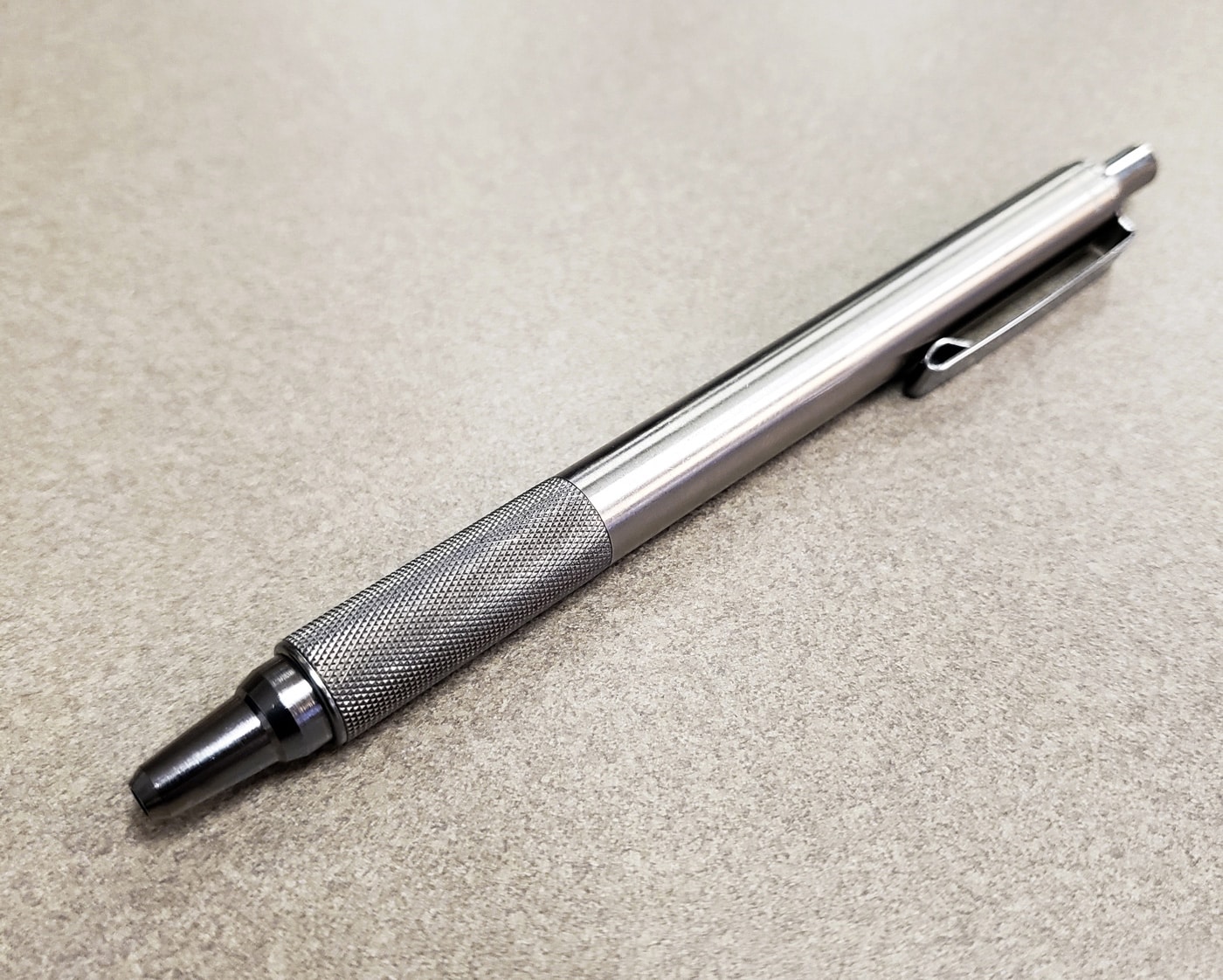
Although it is not considered a weapon in any traditional sense, a quality pen like this Zebra F-701 can offer many of the same personal protection uses as a Kubotan.
When government agencies use the term less-lethal, it does not mean non-lethal.
The use of physical force should not be taken lightly.
Those who choose to practice it must know the legalities of their actions and be serious and responsible.
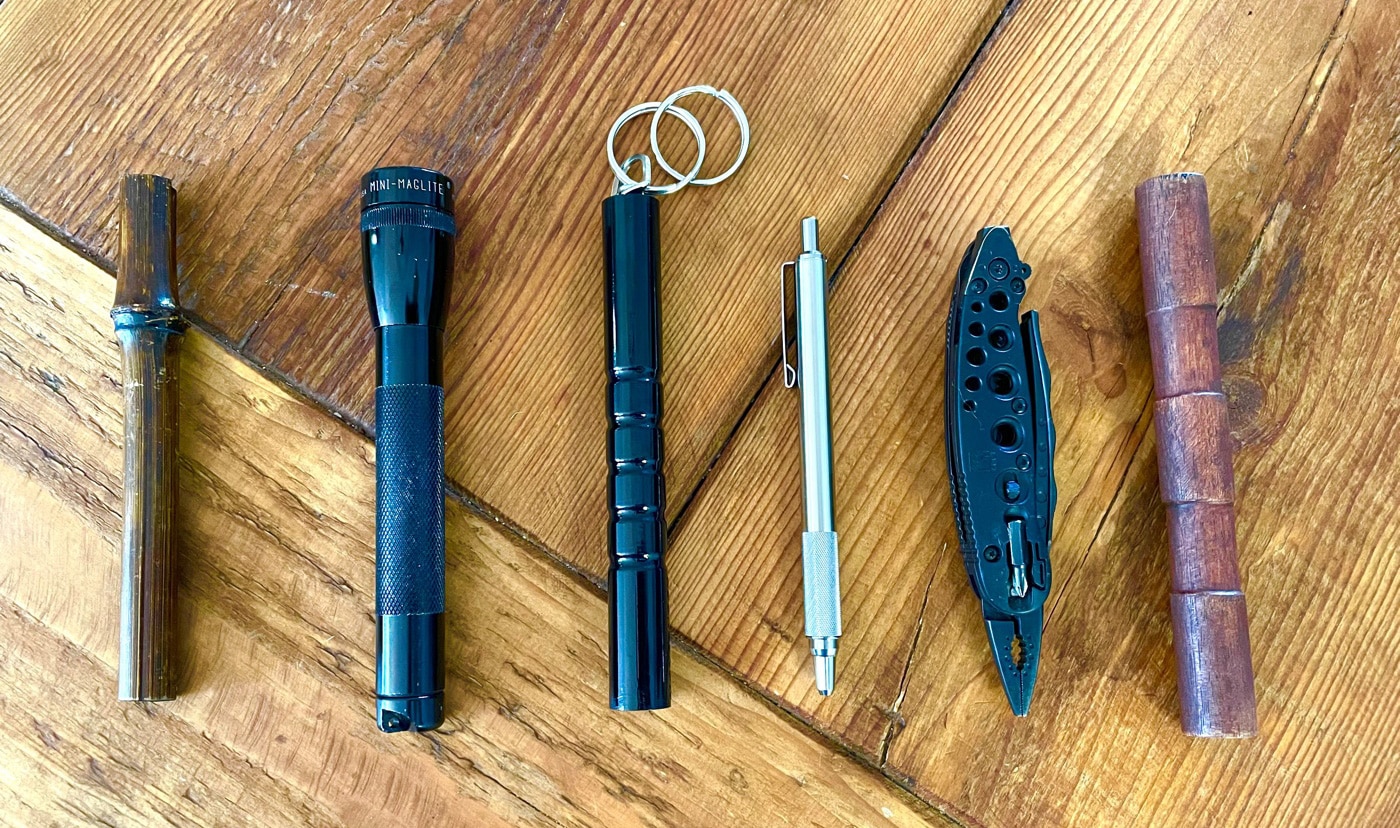
Shown here are a number of everyday items that could be used in the place of a Kubotan (shown at center) as a less-lethal tool to strike the sensitive areas of an attacker’s body such as the groin.
Of course, civilian classes were added later, and the book became available for purchase by anyone.
Alternative Options
There are many ordinary objects that may be used as self-defense pocket sticks.
My favorite is the Maglite Mini.

Since it is also a flashlight, it provides more usefulness than just as a Kubotan stick.
I am fond of the Zebra F-701 metal ballpoint pen.
It has the rigidity to act as a pocket stick and likewise does not arouse suspicion.
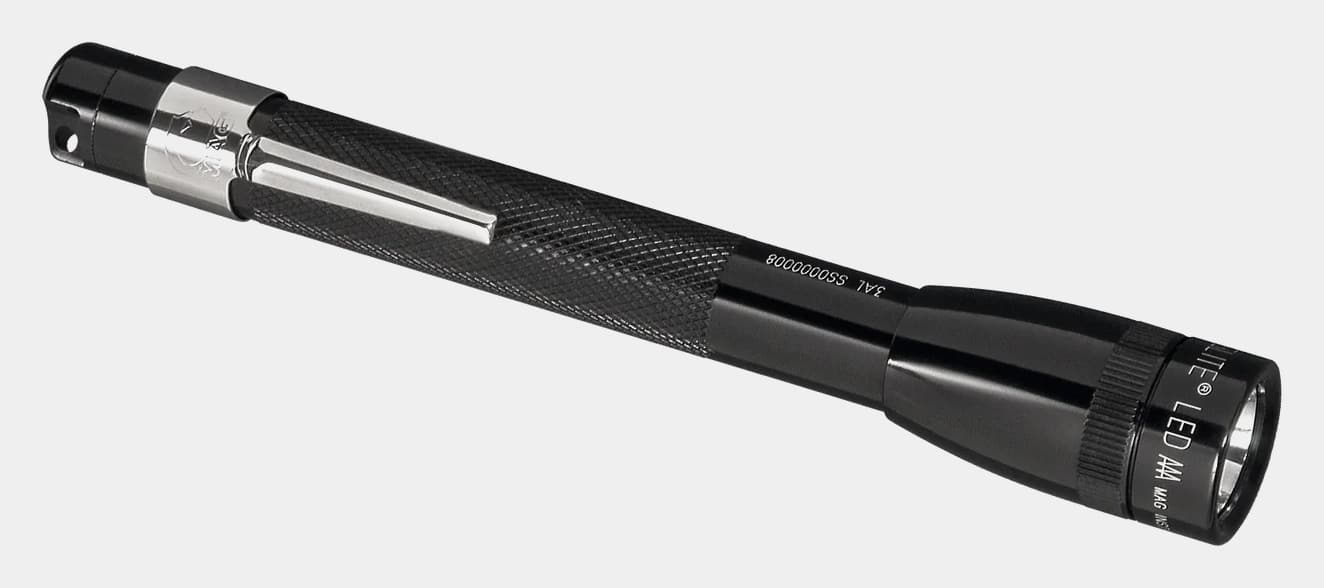
And it is also a writing implement!
I carry a Zebra F-701 in my uniform shirt pocket every shift.
I have replaced the ink cartridge with the excellent Fisher SPR4 Space Pen Pressurized Ballpoint Ink Refill.

Both make for a great writing stylus and an improvised Kubotan on demand.
I highly recommend them.
One laborer I knew carried a length of rebar tucked in his belt.
It was cut to size and deburred with a hole drilled through one end for his key ring.
I suspect it was heavy enough for a fist-load, but I cannot be sure he knew that.
These seem to be specifically designed to cause undue injury, or so a civil litigation lawyer might argue.
Final Thoughts on the Kubotan
I like simplicity.
A stick can travel anywhere.
Your imagination can determine what you choose as one.
It can provide an additional level of physical capability.
Your training with a stick can be as basic or as complicated as you wish.
Nosharpeningor reloads are required.
I believe Tak Kubota was onto something superlatively versatile.




